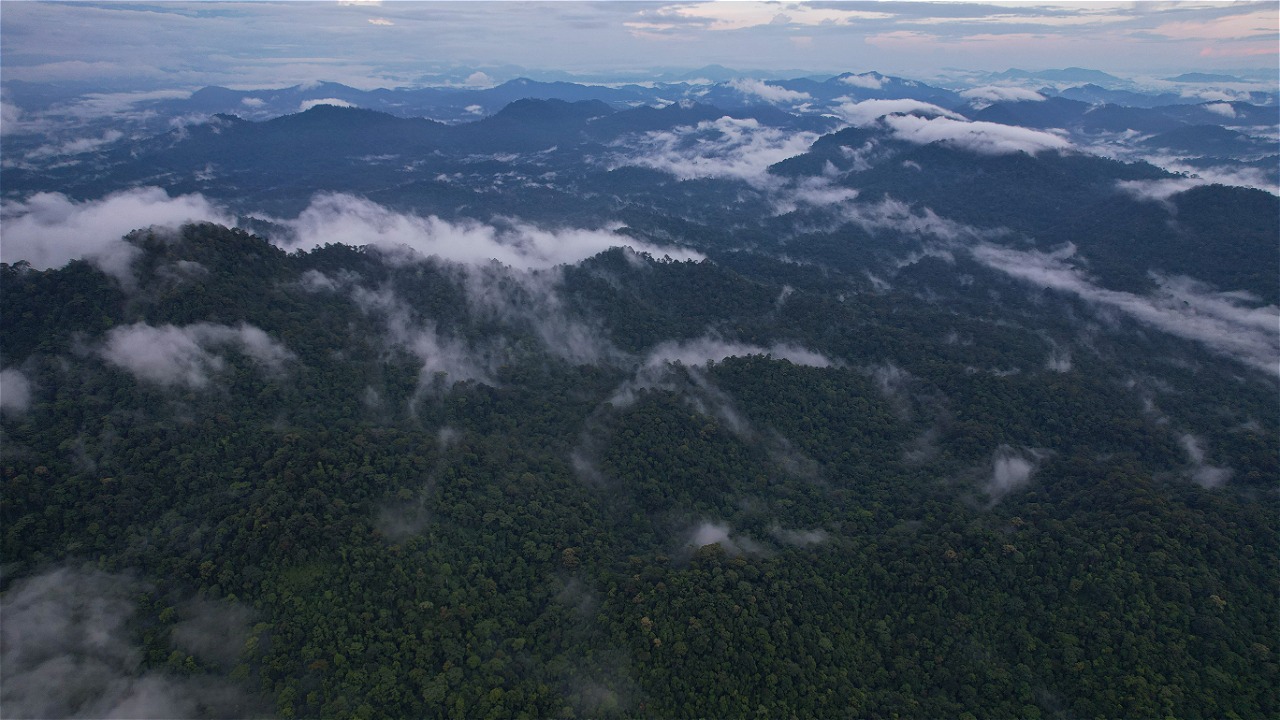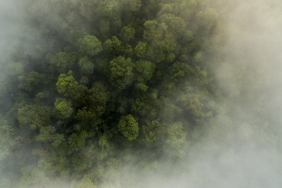THE FATE OF THE FOREST BEHIND A TISSUE
By: Nur Arinta
Tissue, a thin and soft piece of paper that has high absorbency is very close to our daily lives. Starting from activities at the dinner table, traveling, applying makeup, washing hands, to activities in the toilet using this thin paper. So embedded are these tissues in our daily lives that they have led to high tissue consumption. We often don't realize when we are using paper towels, making paper towel wasteful behavior commonplace. In fact, this has a great impact on the environment.
In the beginning, paper towels were mostly used for toilets. But now wipes are becoming a mandatory facility in dining establishments. In addition, tissue production also continues to develop with various forms and packaging, making it more attractive for people to use tissues. This makes Indonesia's tissue consumption in the future will continue to increase, along with changes in lifestyle and increased purchasing power of the Indonesian people. WWF-Indonesia together with Hakuhodo creative agency conducted a study, from the results of the study stated that 54 percent of Indonesians living in big cities, have the habit of spending three strands of tissue to dry their hands.
Koesnadi, Secretary General of the Indonesian Green Union said, "if the population of Indonesia is 200 million people, and every day they use half a roll of tissue, it means that Indonesia's daily tissue consumption is 100 million rolls. If it is assumed that the weight of one roll of tissue is a quarter kilogram, then Indonesia's use of tissue in one day reaches 25 thousand tons." You can imagine how many trees are cut down to meet Indonesia's tissue consumption needs every day. This is sad because one tree is able to provide oxygen for 3 people, and also become a carbon and emission sink.
This growing demand for tissue has an impact on the natural forests that are home to wildlife such as Sumatran Tigers, Orangutans, Sumatran Elephants, and other species. Deforestation in Indonesia's forests is largely due to the conversion of forests into plantations and industrial timber estates (HTI). In Sumatra, more than 7 million hectares of Sumatran tiger habitat have been converted into plantations, and industrial timber estates for paper and tissue. From 1985 until now, Sumatra's forests have continued to shrink with a deforestation rate of 2.9 percent each year. Now only 24 percent of Sumatra's natural forest area remains, and will continue to shrink if the demand for forest commodities such as tissue continues to increase and goes unchecked.
Looking back, Indonesia's tissue consumption is not as big as other countries' consumption, especially when compared to western countries. But we don't have to wait to do something positive for nature. Moreover, it turns out that unconsciously every strand of tissue we use is determining the fate of the forest and the animals that live in it.
Welcoming this new year, let us as consumers and tissue users be wiser in using this thin and soft white, even better if we only use tissues that have been labeled green. Or yes, save money, how? After washing our hands, we can dry our hands in a fun way by doing #30claps, or we can dry our hands with a handkerchief. If you need a tissue, make it a habit not to take more than one. Use each piece of tissue more effectively.
Finally, start buying tissues that are labeled as environmentally friendly. The Forest Stewardship Council (FSC) label is a symbol that signifies forest commodity products that come from responsibly managed forests, both environmentally and socially. This means that the tissues you use are obtained from forests that do not damage the environment, pay attention to biodiversity conservation, carbon emission reduction, forest rehabilitation, and pay attention to the rights of indigenous peoples, forest communities, and also workers' rights.
Make 2018 a time when we become better than the previous year. Be a wise tissue consumer, a forest savior, and a hero for Indonesian animals!




